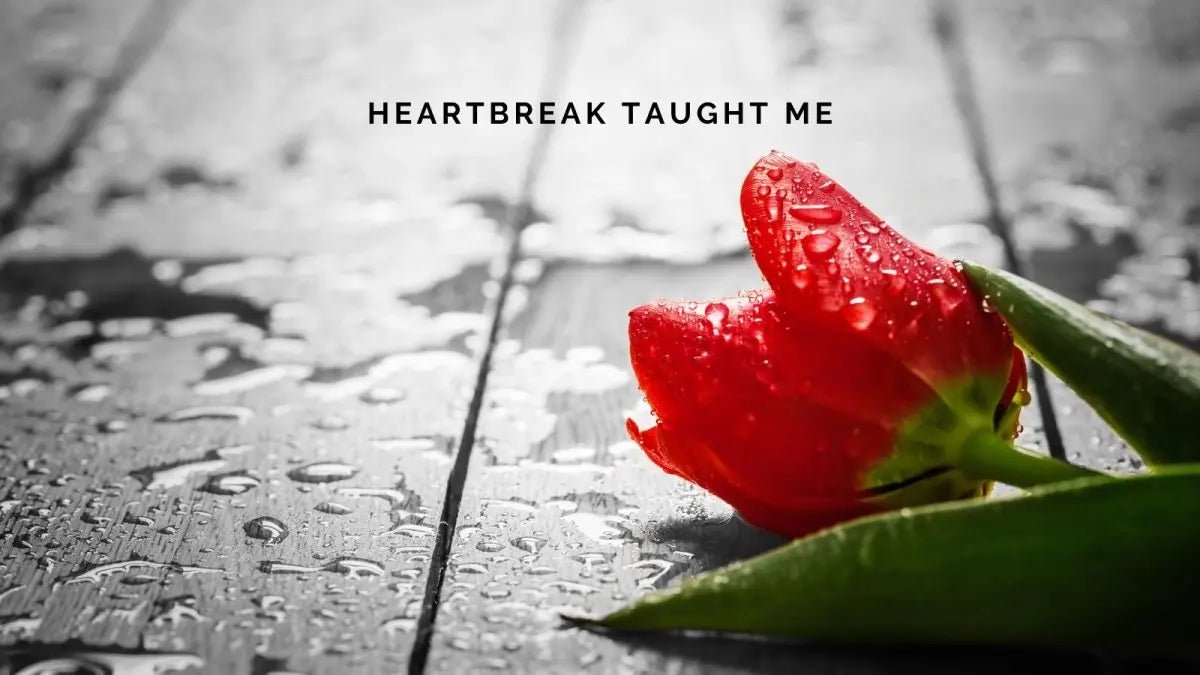
Editorial Note: This review was updated on 30 September 2025 to include recent developments of the ongoing case.
The Indrani Mukerjea Story: Buried Truth – A Quest for Justice or a Masterclass in Manipulation?
True crime lovers, buckle up—Netflix has just dropped The Indrani Mukerjea Story: Buried Truth and it’s nothing short of a psychological thriller. This docuseries peels back the layers of one of India’s most high-profile murder cases, one that has gripped the nation for nearly a decade.
At the heart of the story is Indrani Mukerjea—a former media mogul, a socialite, and, if the prosecution is to be believed, the mastermind behind the murder of her own daughter, Sheena Bora. But Indrani insists she’s innocent. In fact, she claims Sheena is alive. So, where does the truth lie? Is this a tale of justice denied, or are we witnessing a narcissist spinning her final, desperate narrative?

From the outset, Buried Truth presents a tangled web of deception, family secrets, and power dynamics that feel almost too twisted to be real. The documentary reconstructs Sheena Bora’s 2012 disappearance, a crime that remained hidden for years—until Indrani’s driver, Shyamvar Rai, dropped a bombshell confession in 2015.
The story that follows is shocking: Rai’s testimony leads to Indrani’s arrest, unearthing a mystery involving financial motives, hidden relationships, and a family operating in the shadows.
The series doesn’t just recount the case—it immerses viewers in the glitzy yet deeply dysfunctional world of the Mukerjeas. It explores Indrani’s rapid ascent in the media industry, her high-profile marriage to media tycoon Peter Mukerjea, and the murky power struggles that may have driven her actions.
Before Peter Mukerjea entered her life, Indrani’s story had already taken several complex turns. Her first marriage, to Siddhartha Das in the late 1980s, produced two children — Sheena Bora, born around 1987, and Mikhail Bora, born roughly a year later. During much of their childhood, Sheena and Mikhail lived with their maternal grandparents in Guwahati, while Indrani pursued work and new opportunities in Kolkata and Mumbai.
According to Mikhail, his mother’s visits were sporadic, and communication was often inconsistent. Over the years, he claimed that Indrani offered shifting explanations about Sheena’s life — sometimes saying she had moved abroad for work, other times that she had cut off contact. These inconsistencies would later take on chilling significance once Sheena’s disappearance came to light.
In 1993, Indrani married Sanjeev Khanna, a businessman from Kolkata, and the two had a daughter, Vidhie, in 1997. After their separation, Indrani’s ambitions drew her deeper into Mumbai’s media world, where she would eventually meet Peter Mukerjea, then CEO of Star India. Their relationship developed quickly, and by 2002, the pair were married — a union that would catapult Indrani into the heart of India’s elite media circles.
It was during this period that she reintroduced Sheena and Mikhail to Peter, presenting them not as her children, but as her younger siblings — a decision that would later become one of the most controversial elements of the case, casting a long shadow over both her public persona and the family’s private life
One of the most fascinating aspects of Buried Truth is how it juxtaposes the prosecution’s version of events against Indrani’s defiant claims of innocence. The police, forensic experts, and journalists lay out what they believe to be an open-and-shut case—Sheena’s remains, the driver’s confession, and financial motives that point squarely at Indrani.
And yet, Indrani maintains a strikingly confident demeanour throughout. She argues that she has been framed, that Sheena was never murdered but instead is alive and well, and that she is the victim of a larger conspiracy. But the evidence? It tells a chillingly different story.
What’s most unsettling is Indrani’s ability to weave her own counter-narrative so convincingly. Is she a scapegoat, wrongfully accused? Or is she a master manipulator, expertly bending reality to serve her own agenda?
Beyond the crime itself, Buried Truth delves into the mind of Indrani Mukerjea, offering a fascinating psychological study. She is undeniably intelligent, ambitious, and persuasive. But is she also deeply narcissistic?
The documentary subtly hints at this, showcasing moments where Indrani’s charm seems calculated rather than genuine. Her relationships—with her husband, her children, and even those closest to her—feel strangely transactional. Viewers are left wondering: Did Indrani see Sheena as a daughter, or as an obstacle standing in the way of her social and financial aspirations?
There are instances where Indrani’s version of events seems almost too rehearsed, too confident. She never falters, never expresses doubt, and never acknowledges even the possibility of guilt. Is this the unwavering conviction of an innocent woman? Or the psychological armour of someone who refuses to face the truth?

Truth, Lies, or Something in Between?
One thing Buried Truth makes clear: this case is far from simple. The series doesn’t hand out easy answers but instead forces viewers to grapple with the complexity of human nature. How far will someone go to maintain their image? Can a person truly convince themselves of their own lies?
By the time the credits roll, you may not have a definitive answer about Indrani’s guilt or innocence. But one thing is certain—her story, with all its twists and contradictions, is utterly gripping.
So, is The Indrani Mukerjea Story: Buried Truth about a wronged woman seeking justice, or a narcissist rewriting history? Watch it, and decide for yourself.
New Twists from the Courtroom (2024–2025)
Just as the series leaves viewers with lingering doubts, real life has continued to add new layers to the mystery.
In September 2025, Indrani’s daughter, Vidhie Mukerjea, became the unexpected centre of attention. While testifying in court, she claimed that documents attributed to her—including statements in the Central Bureau of Investigation (CBI) chargesheet—were “forged and fabricated.” This shocking claim contradicted her earlier testimony just days prior, in which she denied ever recording any statement with police or investigators. Later, she submitted an affidavit acknowledging she had, in fact, made statements after her mother’s arrest in 2015.
Her rapid reversals left the courtroom—and the public—stunned. In a case already clouded by shifting narratives, her testimony underscored just how fragile the concept of “truth” has become in the Mukerjea saga.
Vidhie also levelled serious allegations against her stepbrothers, Rahul and Rabin Mukerjea, accusing them of diverting assets, taking family jewellery, and emptying accounts following Indrani’s arrest. She described her mother as “penniless” and “abandoned,” unable to fund her legal defence.
Even more provocatively, Vidhie claimed that Rahul Mukerjea—Sheena Bora’s boyfriend—had been seen with Sheena after the alleged date of her murder, and that he had a history of drug use dating back years. If true, this would drastically alter the accepted timeline and possibly the entire theory of the crime.
After Vidhie concluded her testimony, the court allowed her to reunite briefly with both her parents. Outside the courtroom, Indrani, Peter, and Vidhie were photographed embracing—a rare moment in a saga otherwise dominated by betrayal and suspicion.
It was a scene that summed up the paradox of this case: love, loss, and loyalty coexisting with the darkest accusations imaginable.
In mid-2024, another stunning development emerged. The CBI admitted that the skeletal remains—once presented as Sheena Bora’s—were “no longer traceable.” This revelation casts a shadow over one of the prosecution’s central pieces of evidence. Without definitive forensic proof, the already-fragile narrative risks collapsing into conjecture
When it first aired, the series drew criticism for allegedly humanising Indrani. But now, with contradictory testimonies and missing evidence, that decision feels eerily prescient. The filmmakers didn’t frame Indrani as innocent or guilty—they framed her as unresolved. And that may be the truest portrayal of all.























